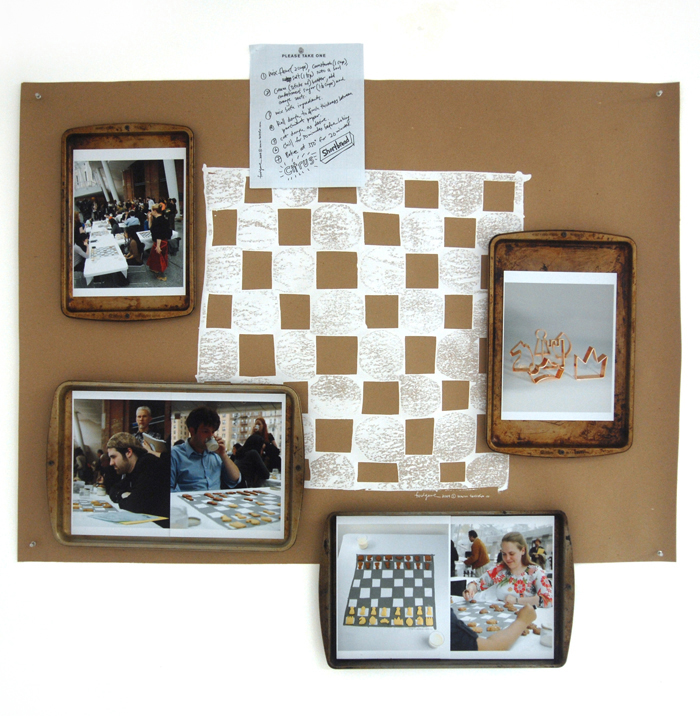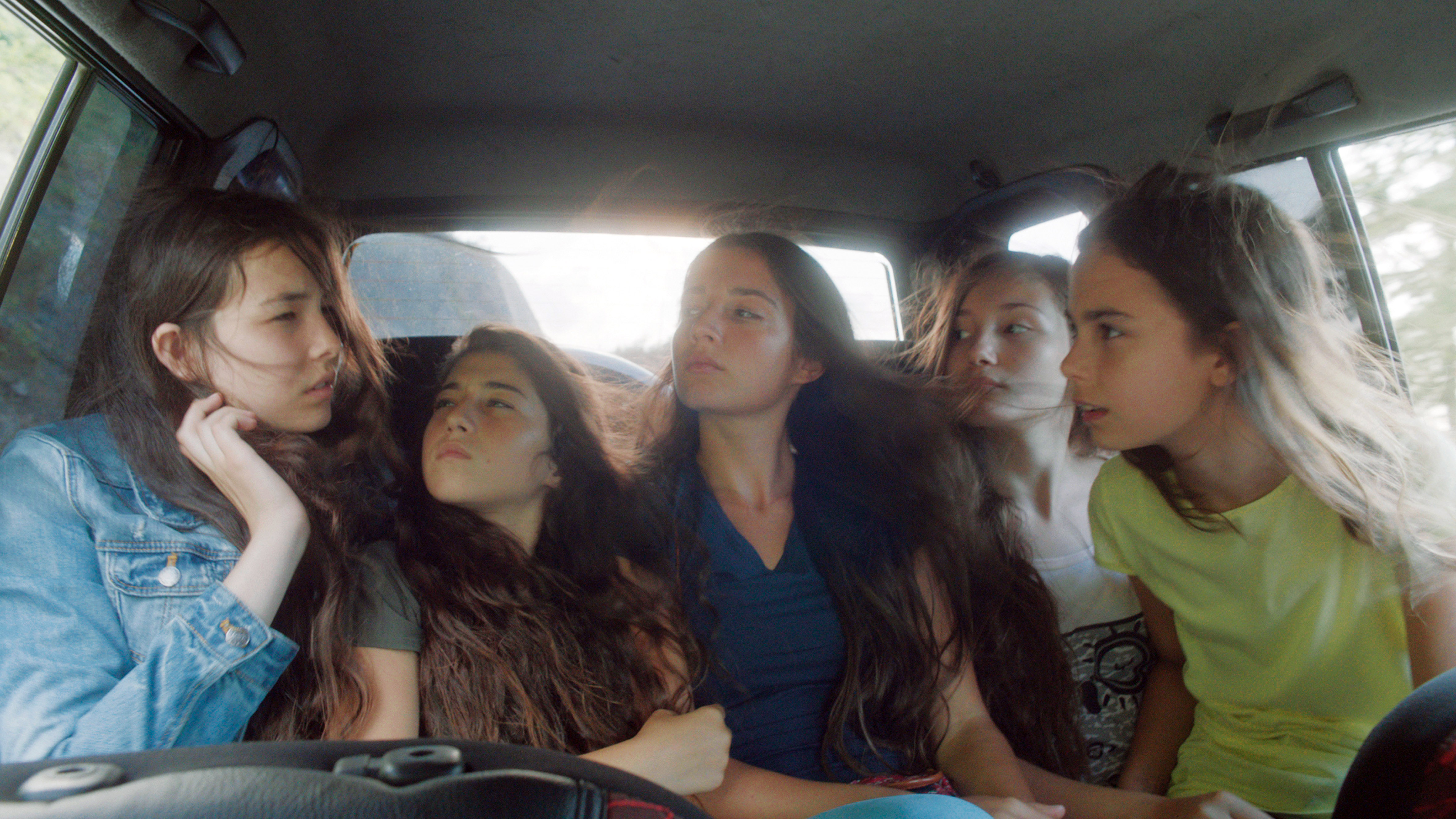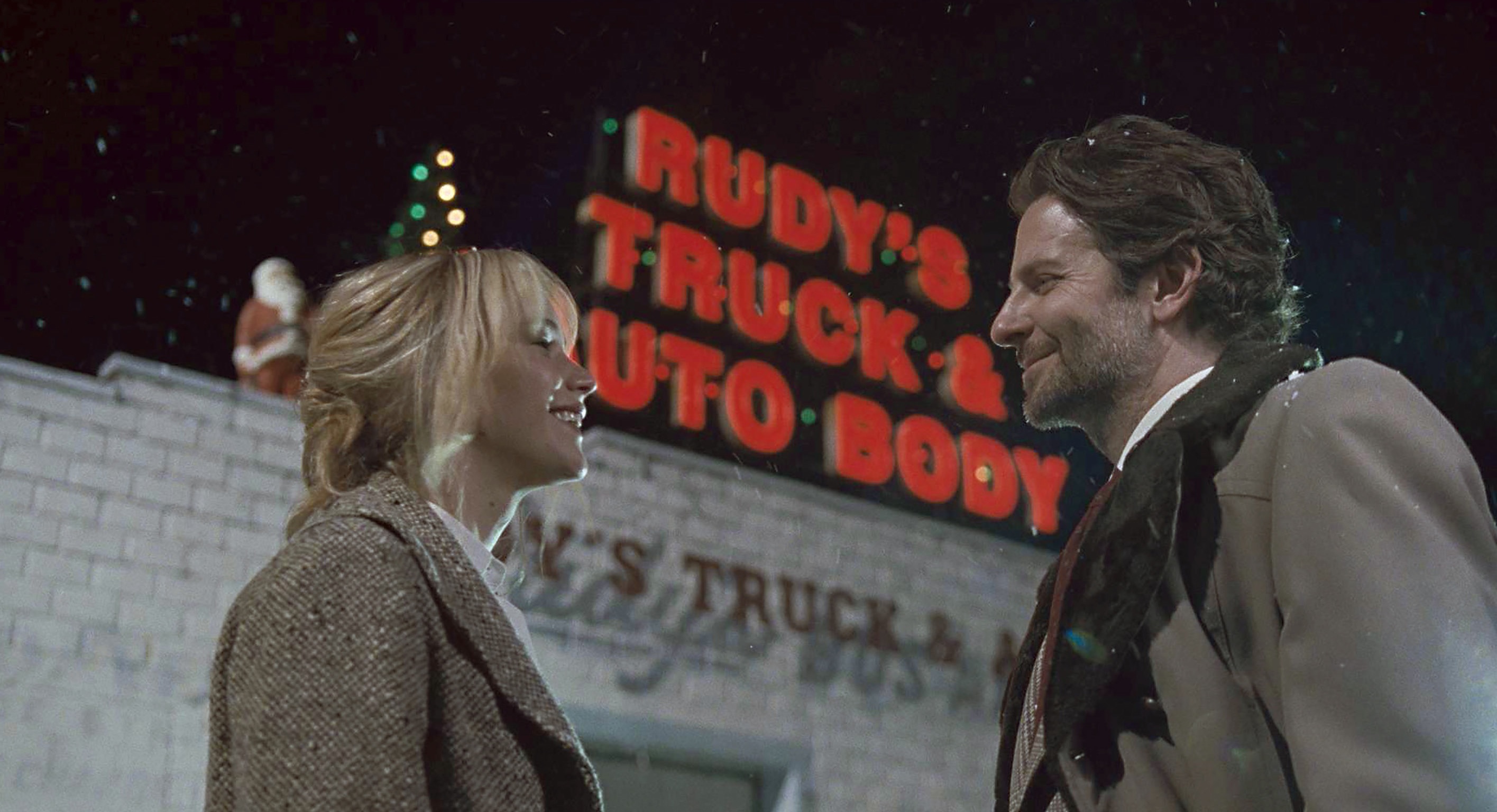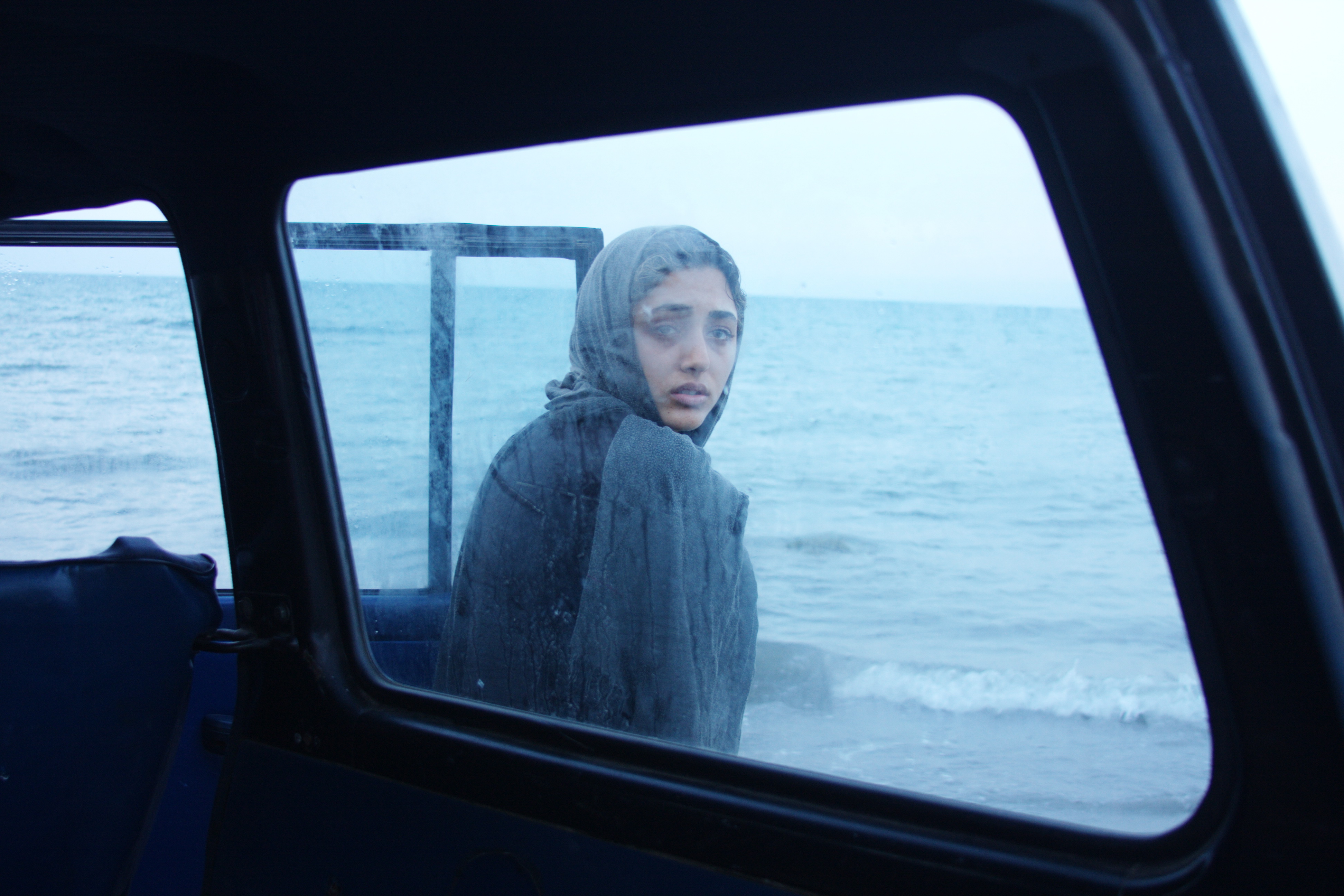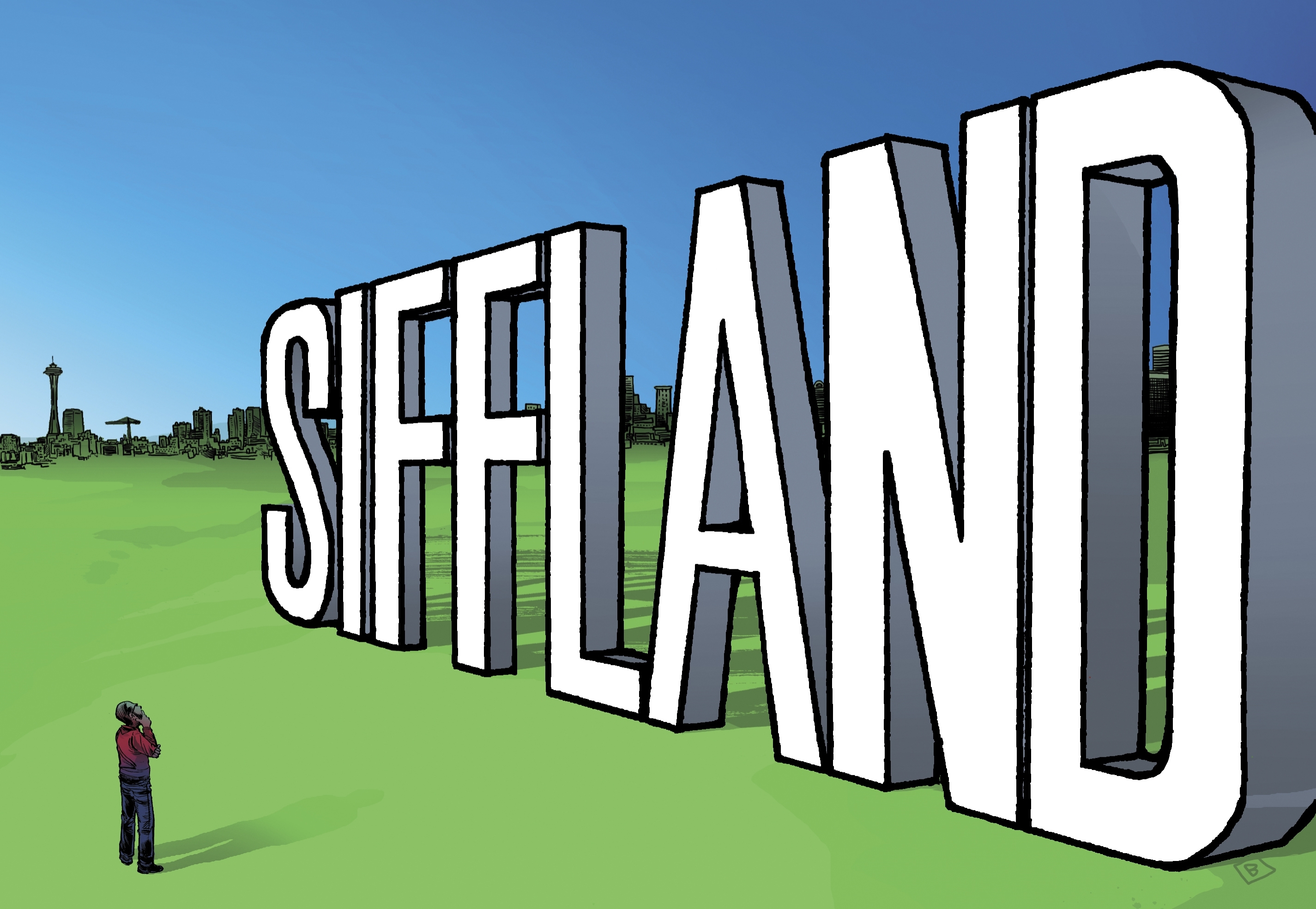Don’t play with your food—that may be the most frequent and earliest-recollected directive of childhood. But food is so primal, who can resist toying with and arranging the stuff? Still, the curator of the group show Food for Thought, Shane Montgomery, cautions that this exhibit has more of a conceptual intent. Few of the pieces are actually constructed of food; so cast aside memories of Richard Dreyfuss and the mashed potatoes in Close Encounters of the Third Kind.
Rather, Montgomery explains, “It’s not necessarily artwork made of food—it’s about the food, where it comes from. My inspiration was in calling attention to this whole foodie culture. People are taking a much closer look at where their food comes from—organic, slow food, farm-to-table, etc.” He also cites last year’s unsuccessful GMO-labeling Initiative 522, which will be fresh in the minds of visitors to Fisher Pavilion, where eight more exhibition areas will be housed.
Food for Thought comprises five different exhibits; only the first has a somewhat local component, since it was built by 18 Madrona eighth-graders over the summer, based on an Australian design. Aqualife is an open-source project, Montgomery explains, “a model for a type of self-sustaining, hydroponic garden.” Supporting the 8-foot-high structure of food-growing pods is a large 50-gallon aquarium containing fish—later edible—whose waste is pumped up to fertilize the plants above. Think of it as an indoor salad-producing factory where you can also Zen out on the koi and tilapia fish swimming below.
Three projects are on display from the Center for Genomic Gastronomy, which Montgomery describes as “an international collective of artists whose primary interest is food and food products.” They’ve created a barbecue sauce called Cobalt 60, made of ingredients—grapefruit, barley, peppermint, rice, and soy—that are “all GMO by process of irradiation.” The final mutant product is safe and edible; and yes, visitors can try samples. If that makes you a little nervous, good. Montgomery wants you to think about notions of natural and unnatural food. “Folks are talking about Monsanto more and more,” he says, “combined with that recent nuclear disaster in Fukushima, Japan.”
Cobalt 60 barbecue sauce. Photo courtesy Bumbershoot
The CGG has also devised what it calls Mutagenic Mist, a “custom-built vortex cannon that serves puffs of mutation-bred peppermint. Then there’s Disaster Pharming, a set of tools for foraging edibles at recovering nuclear-disaster sites like Chernobyl and Fukushima—very much a real possibility in the future.
San Francisco artist Phil Ross will be represented by Mycotecture, which Montgomery describes as “growing bricks out of mushrooms.” The fungi sprout within molds, then are dried and assembled into architectural creations. A wall will be built at Bumbershoot, says Montgomery, “and we’ll be serving tea that’s been brewed from shavings from the bricks.” (Just to clarify: That’s the safe, regular, non-hallucinogenic kind of tea, so don’t get any ideas.)
Feeling hungry yet? Along with the tea and barbecue sauce, you can eat the cookies that New York artist Tattfoo Tan substitutes for chess and checker pieces in Food Game. Visitors are invited to play the games and eat their opponent’s fallen players. Though, given the sheer number of Bumbergoers, says Montgomery, the cookies will be store-bought instead of handmade, unlike some of Tan’s smaller installations. The point is to think about the global inequity of food distribution: “When a player is in a position of power, or winning, he accumulates food wealth while denying his opponent.” Josef Stalin would understand.
Service Works is a show within a show, funded by San Francisco patron Joshua Greene. “For a number of years, he was a fine-dining waiter,” Montgomery explains. “And he would use the earnings from his tips to fund an artwork. To me, this speaks to the gift economy. It talks about the people within the food industry.” Of the 11 works by national artists on view here, “None of them deal with food,” says Montgomery, but they’re very much products of the global food economy. There, from Monsanto on down to a backyard organic plot in Wallingford, one is forced to consider notions of labor, consumption, and surplus value—how we’re all part of that same economy.
bmiller@seattleweekly.com
Bumbershoot takes place Aug. 30–Sept. 1 at Seattle Center. $62 for single day pass, $175 for 3-day pass. Pick up Seattle Weekly’s print edition for a full schedule and map. Or go to bumbershoot.org for more information. And be sure to check out all our suggestions for music, film, and visual arts.
